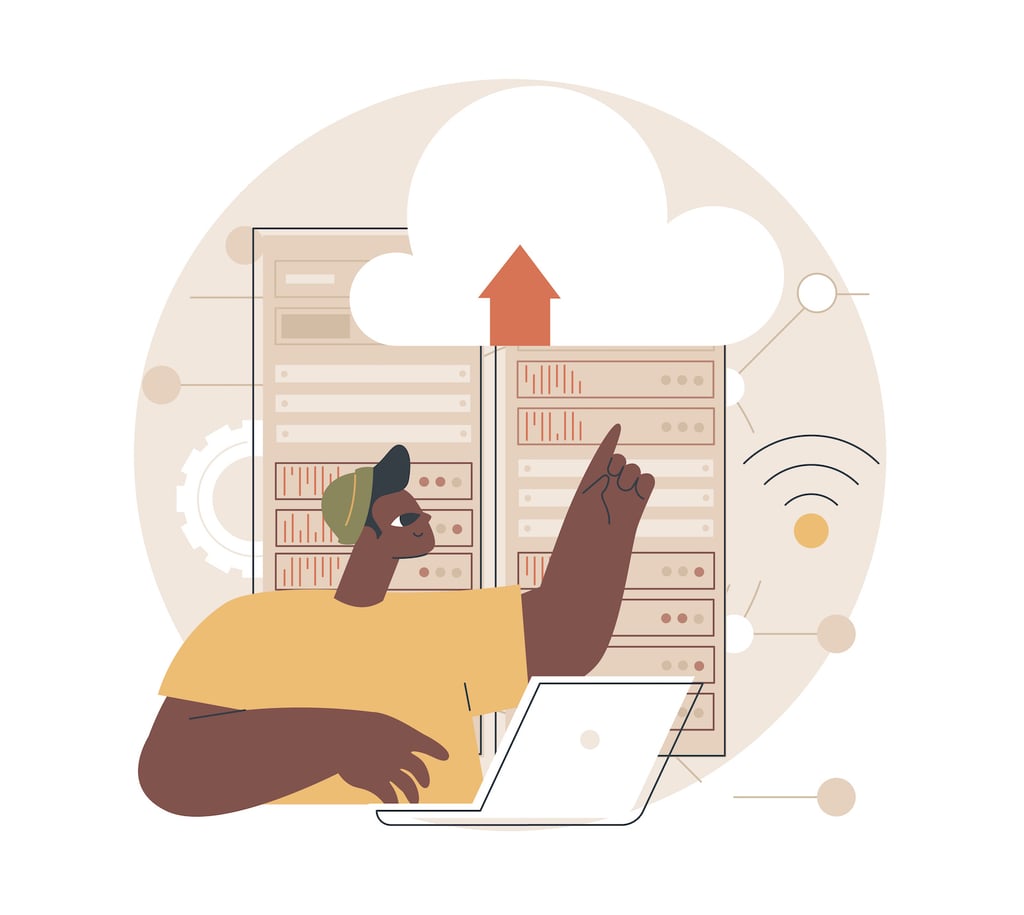
4 Enterprise Technology Trends to Be Mindful of in 2016

Light Reading analyst Danny Dicks paints an interesting picture of where wireless operators fit into the world of the Internet of Things (IoT). On one hand, he writes, industries that will use these networks are maturing; he cites manufacturing and automotive as examples. On the other hand, traditional wireless network operators are threatened by newcomers. It makes for a competitive landscape.
The problem for existing wireless network operators is that they aren’t as prepared for the IoT. Their networks simply aren’t inherently a perfect match for what the IoT needs, while the emerging competitors’ are:
One issue facing operators is that many IoT applications are likely to be global in scope, and most operators’ networks are not. In addition, operator networks have been designed to meet specific requirements in specific markets (and that doesn’t necessarily mean that they will readily support IoT applications). Many of the most mature IoT markets (for instance, machine-to-machine industrial IoT) have established processes, protocols and providers — it’s not obvious what the route into those markets might be for operators.
Dicks sees four ways in which the challenge is being met by operators: deployment of vertical-specific IoT businesses and services, partnering among themselves to extend their collective footprints, reselling global IoT services, and deploying “more capable service enablement platforms from third-party vendors.”
The idea of the mismatch between the IoT and the existing cellular infrastructure is also the theme of a piece at RCR Wireless News. Martha DeGrasse writes that LTE networks, which the industry has spent billions of dollars developing and deploying during the past few years, are built for speed. The IoT often is not: Slow and steady battery-saving operation is the mantra, in many use cases.
It would seem that a problem exists. However, the good news, for LTE network operators, at least, is that LTE has some little-known low-speed capabilities:
LTE has categories for low data rate transmissions. Category 0 LTE caps both the uplink and downlink at 1 megabit per second. Category 1 LTE caps uplink speeds at 5.2 Mbps and downlink speeds at 10.3 Mbps. These are maximum data transmission rates in ideal conditions; actual transmission rates tend to be much lower. The data rates are lower because the spectrum bands are narrower in lower categories of LTE.
DeGrasse writes that the 3rd Generation Partnership Project (3GPP) is working on LTE-optimized approaches to the IoT. They include LTE for “machine type communications (LTE-M), extended GSM coverage and narrow-band IoT. It seems clear that these initiatives are aimed at alleviating some of the concerns raised by Dicks.
Joe Madden, the principal analyst for Mobile Experts LLC, perhaps sets a record for mentioning the most standards in a short report. He goes into depth about 3GPP and suggests that the “the LTE crowd needs a shot of Ritalin.”
There is a problem, however, despite the burst of activity:
Here’s my point: The mobile standards will certainly have a place in the market because of the high quality of GSM and LTE links, and the huge global network of infrastructure that can be used. But having so many options does not guarantee higher market share for LTE vendors. They’re still missing the low-data, low-cost tier of the market, where most of the big applications are today.
These networks were optimized for fast service. It’s up to the ecosystem to figure out ways to cater to IoT traffic, which has very different dynamics from LTE networks, which were designed with video and other voracious uses. This will be a key to fending off the competition that is emerging.
Carl Weinschenk covers telecom for IT Business Edge. He writes about wireless technology, disaster recovery/business continuity, cellular services, the Internet of Things, machine-to-machine communications and other emerging technologies and platforms. He also covers net neutrality and related regulatory issues. Weinschenk has written about the phone companies, cable operators and related companies for decades and is senior editor of Broadband Technology Report. He can be reached at cweinsch@optonline.net and via twitter at @DailyMusicBrk.











